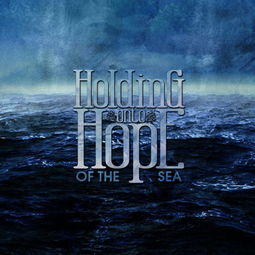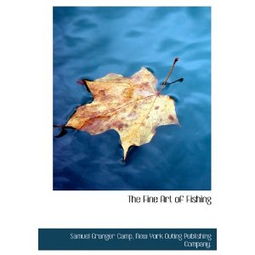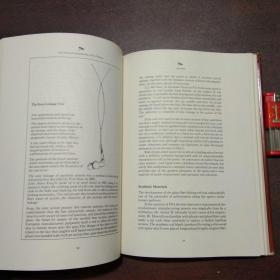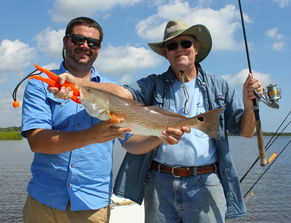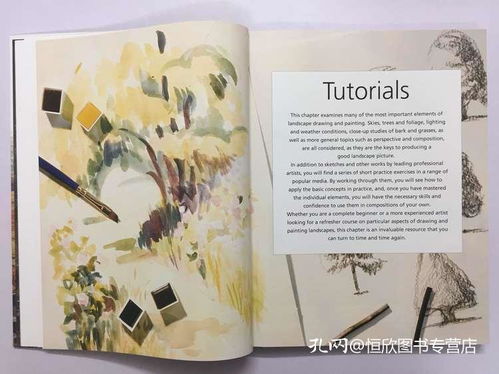
The Art of Reeling In: Essential Techniques to Avoid Line Snags While Fishing
Fishing is an ancient pastime that requires patience, skill, and a deep connection with nature. One of the most challenging aspects of fishing is ensuring that your line does not break or get snagged. Whether you're a seasoned angler or a beginner, understanding how to properly handle your竿 and reel can make all the difference between a successful catch and a frustrating day on the water. In this article, we'll delve into the essential techniques to help you master the art of reeling in, ensuring that your line stays taut and your fish stays on the hook.
Understanding the Basics
Before we dive into the specifics of how to avoid line snags, it's important to understand the basics of fishing tackle. Your竿 and reel are the two most crucial components in your fishing setup. The竿 is used to cast your line, while the reel holds the line and provides the mechanism for retrieving it.
Choose the Right Equipment
The first step in preventing line snags is to ensure that you have the right equipment. This includes:
- An appropriate竿: The length and weight of your竿 should match the type of fishing you're doing and the size of the fish you're targeting.
- A quality reel: A well-maintained reel can significantly reduce the risk of line snags and breakages.
- The right line: The type of line you use (monofilament, fluorocarbon, or braided) should be suitable for the conditions and the fish you're trying to catch.
Proper Line Management
Once you have the right equipment, it's time to focus on how you handle the line:
- Keep your line taut: A loose line is more prone to snags. Always keep your line tight, but not so tight that it puts unnecessary strain on your竿 or reel.
- Avoid tangling: Be mindful of your movements and the movements of your boat. Keep your line organized and away from obstacles.
- Use a line clip: A line clip can help keep your line organized and prevent it from getting tangled in your boat's equipment or your own clothing.
Casting Techniques
Proper casting techniques can significantly reduce the risk of line snags:
- Casting angle: Aim to cast at a 45-degree angle to the water. This angle helps prevent the line from crossing over itself, which can lead to snags.
- Avoid over-casting: Over-casting can result in a line that is too long and prone to snags. Find the sweet spot where you can cast your line effectively without it being too long.
- Practice your cast: The more you practice, the better you'll become at casting with precision, reducing the likelihood of snags.
Reeling Techniques
Once you've cast your line, the way you reel it in is equally important:
- Start slow: Begin reeling in slowly and steadily. This helps you maintain control and avoid sudden movements that can cause snags.
- Match your reel's speed: Some reels have a specific speed at which they are designed to operate. Reeling too fast or too slow can lead to line issues.
- Use a smooth, consistent motion: Avoid jerking or yanking on your line. A smooth, steady motion is key to preventing snags.
Handling Snags
Despite your best efforts, snags can still occur. Here's how to handle them:
- Identify the snag: Once you feel a snag, take a moment to identify where it is. This will help you determine the best course of action.
- Cut the line: If the snag is on the reel side, you may need to cut the line and re-tie it. Be sure to use a knot that is suitable for your line type.
- Avoid force: Never pull on the line with excessive force. This can lead to a broken line or damage to your tackle.
Conclusion
Mastering the art of reeling in and avoiding line snags is a skill that takes practice and patience. By choosing the right equipment, managing your line properly, mastering casting and reeling techniques, and knowing how to handle snags, you'll be well on your way to becoming a more skilled and successful angler. Remember, the key is to stay calm, stay focused, and enjoy the process of learning. Happy fishing!

